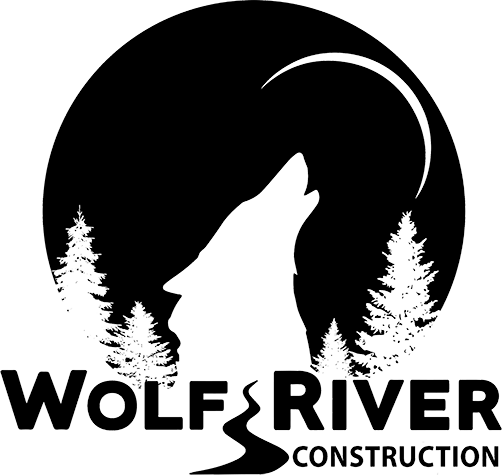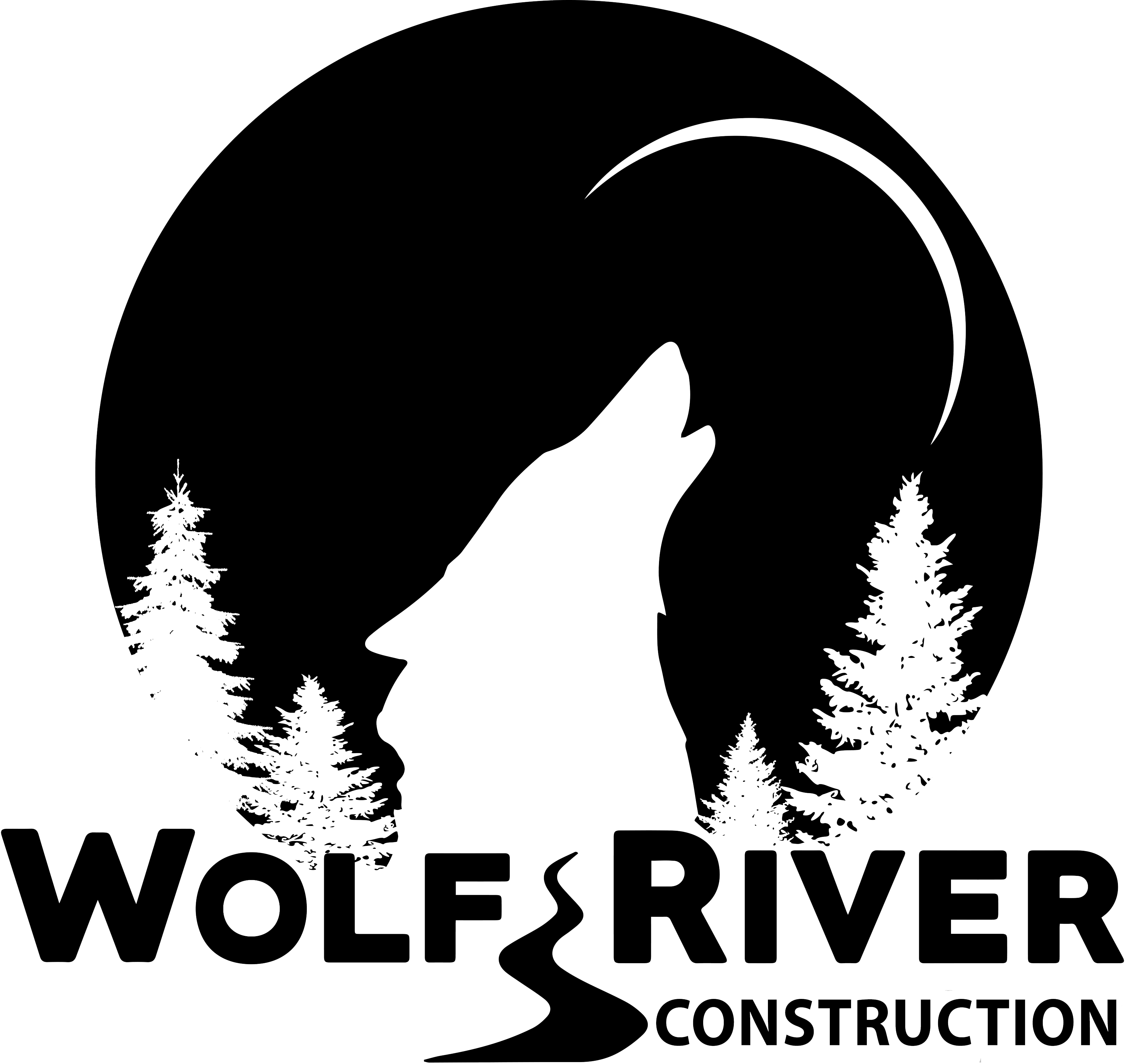Best Siding For Homes In Minnesota
Minnesota is renowned for its frigid winters and wide variety of beautiful homes. But maintaining your home’s appearance in such extreme conditions can be a challenge, especially when it comes to the siding.
Whether you want to invest now or reduce maintenance costs later, understanding which type of siding is best suited for Minnesota’s climate should be a top priority.
In this post by Wolf River Construction, we explore the best siding for homes in Minnesota, the various types of siding available and explain why they are an ideal option for homes in Minnesota and how you can save money while protecting your investment. Read on to learn more.
Types Of Siding For Homes
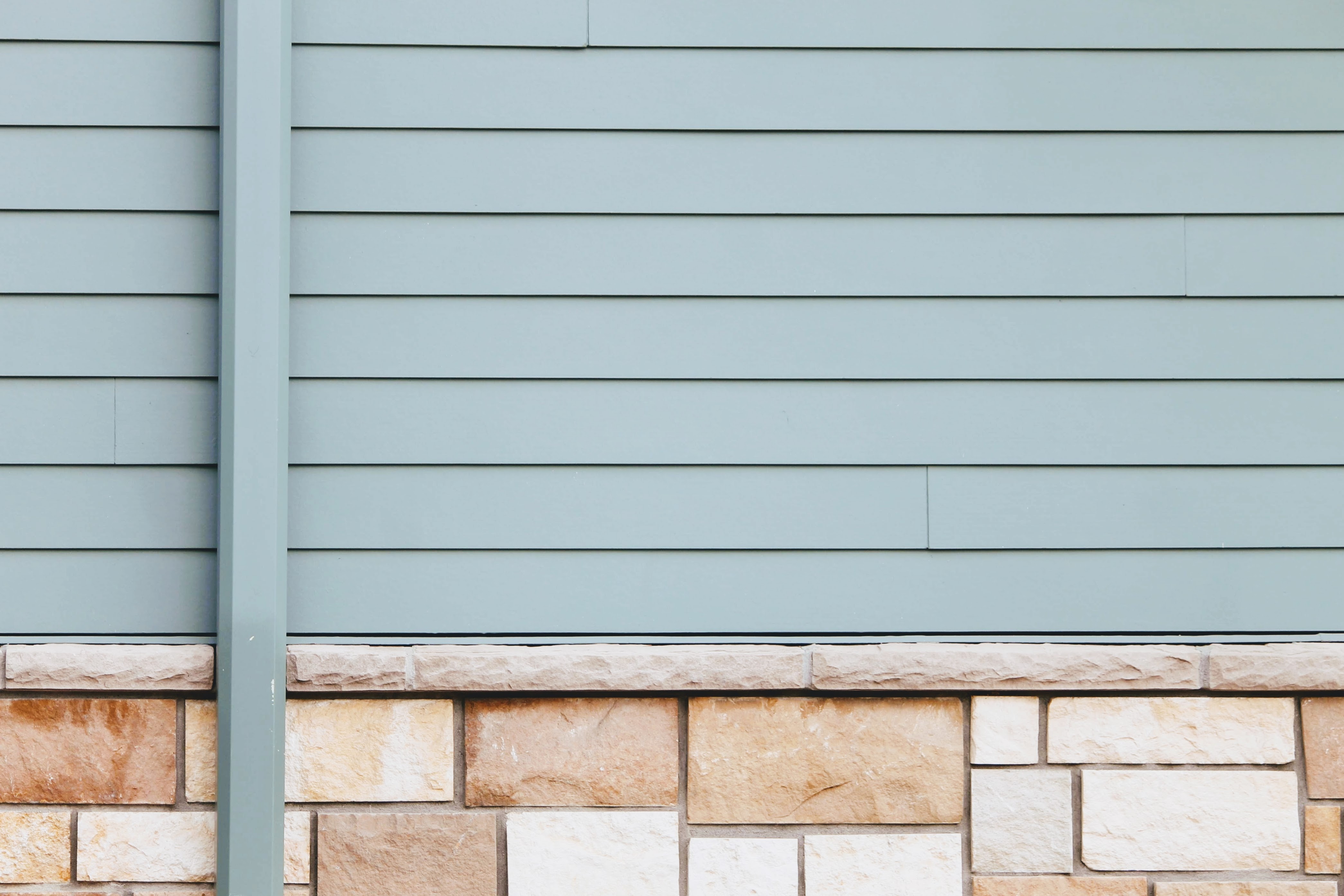
The three main types of siding for homes are vinyl, wood, steel and fiber-cement. Every siding option has its own advantages and disadvantages, so it is important to understand the differences between them before making a decision.
Engineered Wood Siding
Engineered wood siding is a composite material made of wood particles and other materials, like polyurethane. It has a natural look that can mimic the appearance of real wood, but is more durable and resistant to rot, insects, and fire. The engineered materials also make it easier to install than real wood siding without needing as many nails, making it cost-effective in both the short and long term.
Fiber Cement Siding
Fiber cement siding is a type of siding made from a combination of wood pulp, fly ash and cement. It’s highly durable and resistant to extreme weather conditions, insects, fire, and rot. Fiber cement provides great insulation properties, making it a great energy-efficient choice. The downside is that it can be tricky to install and more expensive than other types of siding.
Steel Siding
Steel siding is one of the most durable options, with excellent protection from weather conditions and pests. It also requires very little maintenance and has a modern, sleek look. However, it is heavier than other materials, so installation can be more difficult and costly, and steel siding isn’t as energy efficient as other options.
Vinyl Siding
Vinyl siding is one of the most popular types of siding due to its flexibility in design. It’s durable, impact-resistant, and available in various colors and textures. It’s also an energy-efficient option since it reflects sun rays rather than absorbing them, making it among the most popular siding materials.
How To Choose The Best Siding For Minnesota Homes
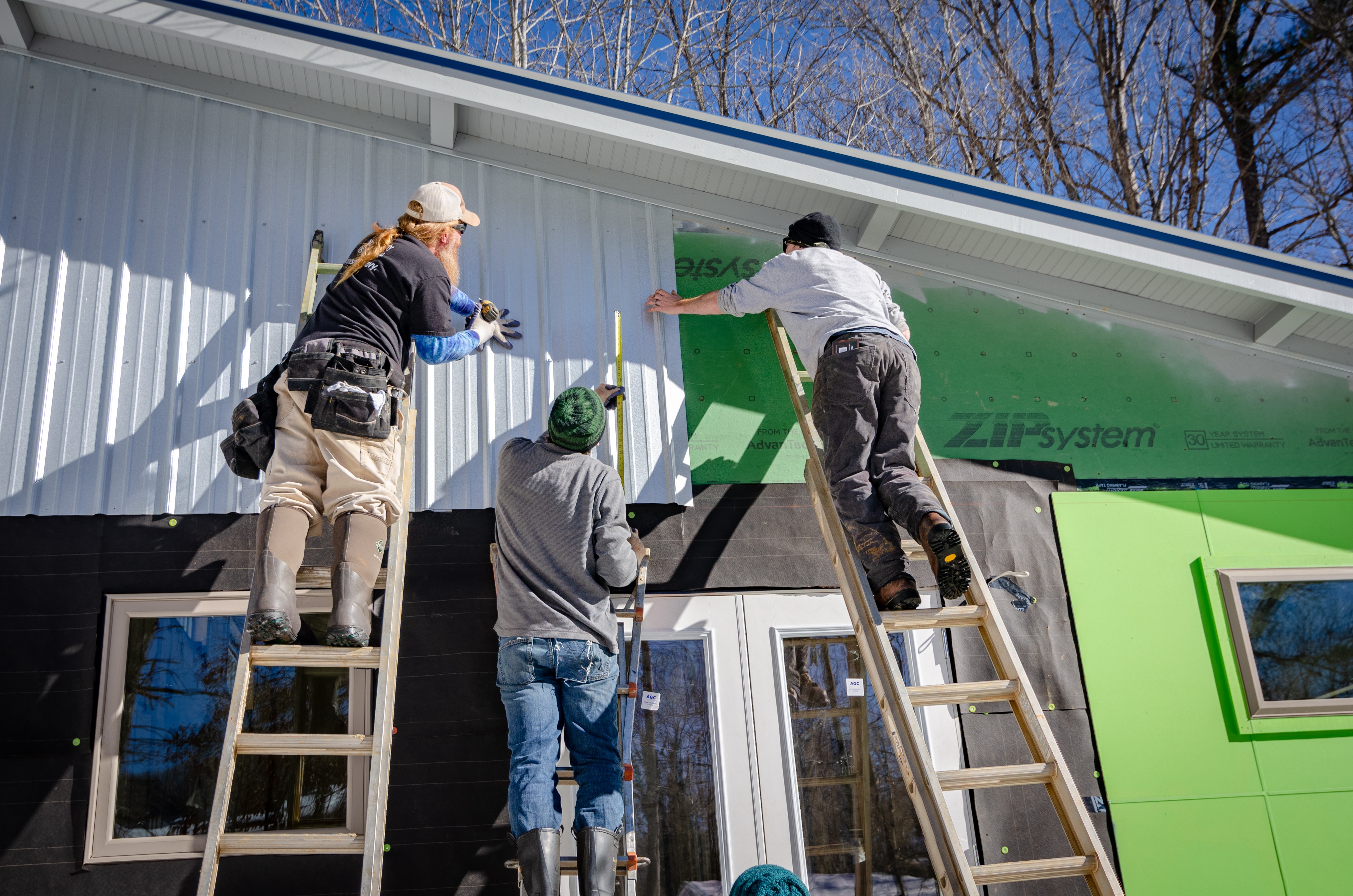
The following factors should be considered when selecting the best siding for Minnesota homes:
Budget
When deciding on the best siding for Minnesota homes, consider your available budget. Different types of siding have different price points and you want to select a suitable option that fits within your budget constraints. For example, wood is usually more expensive than vinyl or fiber cement but might be the preferred material depending on your specific needs.
Siding Materials
Minnesota homeowners have a variety of siding materials to choose from. Vinyl, wood, fiber cement and metal are all popular options for residential homes in the state. Each one comes with its own unique advantages and disadvantages so it’s important to consider all factors before making a selection.
Maintenance
Different types of siding require different levels of maintenance. Generally, vinyl and fiber cement require less maintenance than wood or metal siding. If you’re looking for a low-maintenance option, these materials may be the best option for your Minnesota home.
Aesthetics
The look of your siding is important when choosing the right material for your home. You want to ensure that the selected siding styles are aesthetically pleasing and complement the design of your home. Consider the color, texture, pattern, trim options, and other decorative features when selecting siding to ensure a beautiful look.
Local Building Codes And Regulations
Before selecting siding for your Minnesota home, you must understand any local building codes and regulations that apply. Check with your city or county to ensure that the type of siding you select will comply with applicable laws. This is particularly important if you’re considering a more unique material like wood or metal.
Common Siding Problems To Look Out
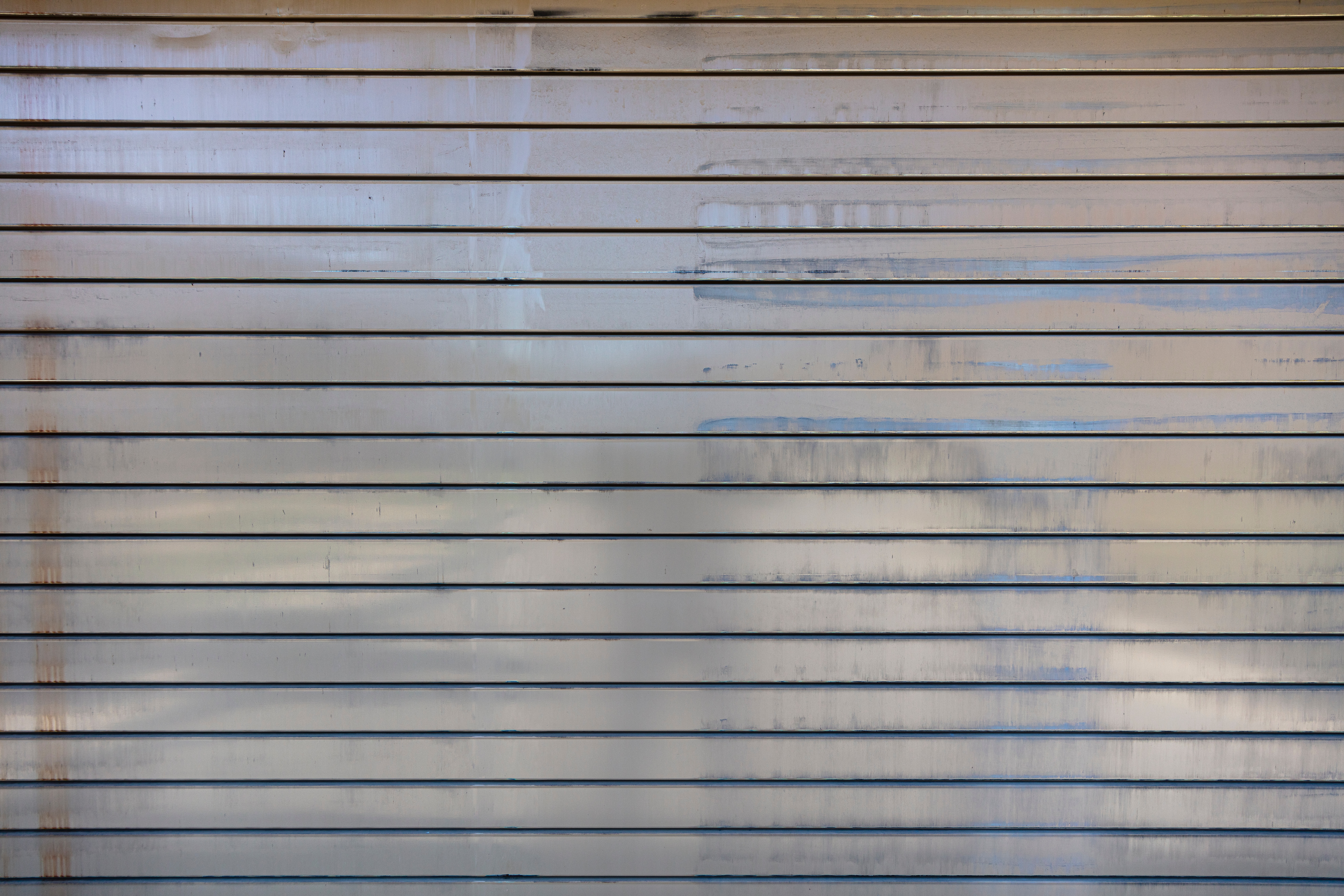
Siding is a great way to protect your home from the elements, but over time it can start to show signs of wear and tear. Some common siding problems include:
Poor Temperature Regulation
Poor temperature regulation is a common issue with siding due to inadequate insulation of the home. Heat can build up behind the siding, causing it to warp or crack as it expands and contracts with changes in temperature. This can also cause energy bills to skyrocket as heat escapes through the cracks.
Discoloration
Discoloration of siding can be caused by a variety of factors, including exposure to the sun or cold weather conditions. It can also result from water damage or mold growth, which are often associated with poor ventilation and insulation.
Cracking And Warping
Cracks and warps are caused when siding is not properly installed or when it is subjected to extreme temperatures. If the siding is not properly sealed, water can seep into the cracks and cause further damage. Warping may also occur as a result of excessive heat buildup behind the siding.
Dents And Holes
Dents and holes in siding are often caused by objects colliding with it or from improper installation. Animals can sometimes make holes in siding if they find a gap or opportunity to burrow underneath it.
Moisture Retention/Water Damage
Moisture retention and water damage are common problems associated with siding that is not properly installed, sealed, or maintained. Poor ventilation and insulation can cause moisture buildup behind the siding, leading to mold or mildew growth. Water damage can also result from leaking pipes and other plumbing issues.
Pest Infestation
Pests such as mice, squirrels, bats, and birds can sometimes infest siding if there are gaps or entry points around the house. These pests may cause further damage by chewing through insulation or wiring within the walls.
Natural disaster
Wind and hail can cause dents and cracks in the siding, while flooding can lead to water damage and mold growth. It is important to inspect your siding regularly for any signs of damage so that you can take action quickly if necessary. Also make sure to check the attic and walls.
Wolf River Construction: Best Professional Siding Installer
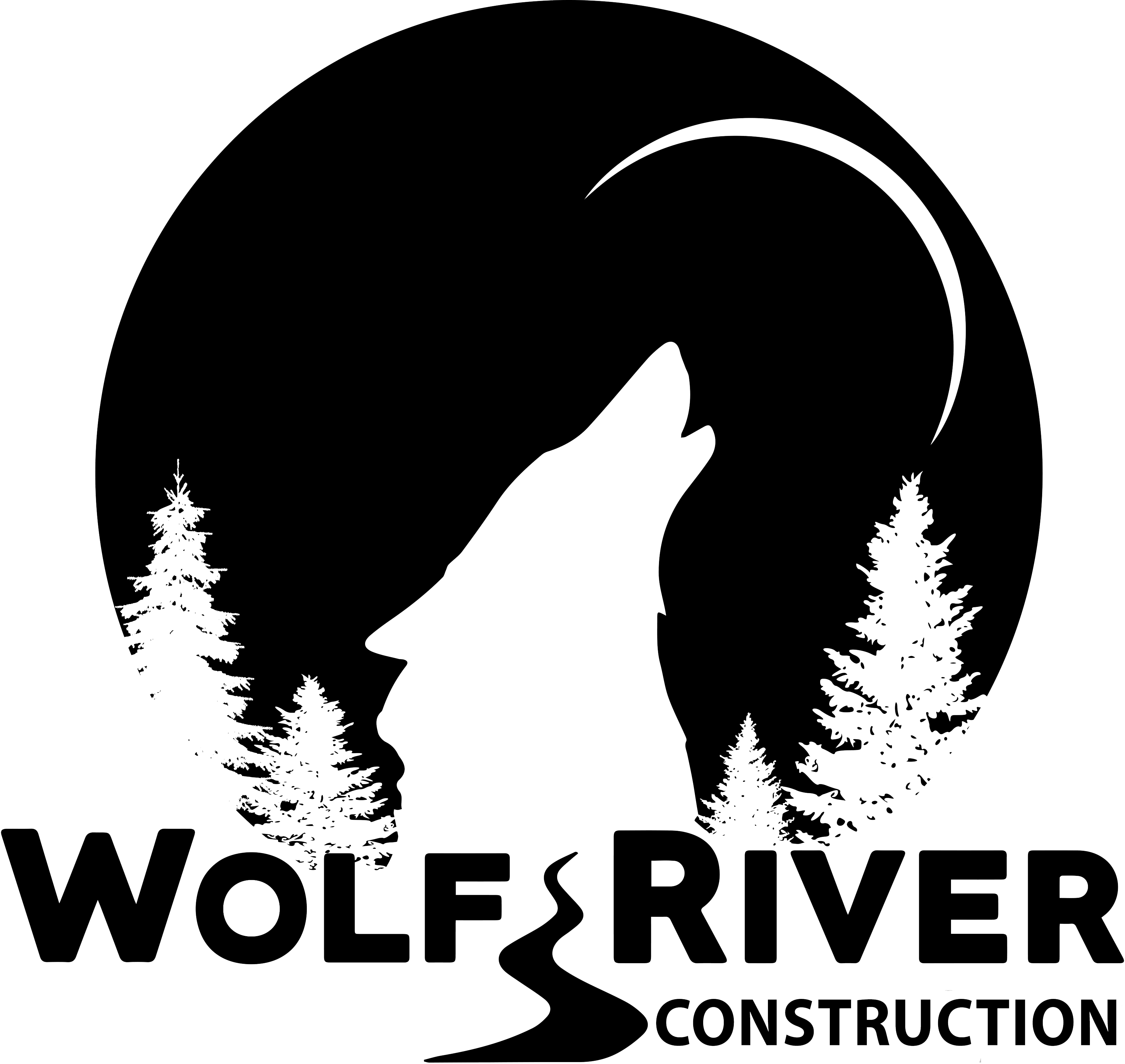
Wolf River Construction is a top choice for all your siding installation needs. With access to some of the best materials in the market and our experience in customer care, your home will look its best and be structurally sound.
Our cutting-edge repair and maintenance techniques, coupled with competitive pricing make us ideal for any budget. If you’re tired of plain siding on your home, Wolf River Construction can give it that extra oomph! And our commitment to offering superior quality products ensures that you won’t have to worry about frequent repairs or replacements due to weathering. We understand how Minnesota’s climate affects homes perfectly and can help you choose the best siding for your residence.
So why wait? Get reliable and top-notch professional siding services from one of the most sought after companies in Minnesota.
FAQs
Minnesota is known for its extreme temperatures, ranging from hot summers to cold winters. This means that siding materials must withstand the wear and tear associated with these fluctuations in temperature. Due to its location in the Midwest, Minnesota is also subject to strong winds, which can damage siding materials if they are not appropriately installed.
The best siding material for Minnesota’s climate is vinyl siding, which can withstand extreme temperatures and offers great durability. It also requires minimal maintenance, saving you time and money in the long run. Vinyl siding is more resistant to fading, cracking, and warping than other siding materials, making it a good option for Minnesota’s climate.
The life expectancy of a siding material in Minnesota depends on the type and quality of the material, how it is installed, and how well it is maintained. Overall, vinyl siding can last up to 40 years if properly maintained; aluminum siding can last up to 30 years; wood siding can last up to 20 years; and fiber cement siding can last up to 25 years.
Vinyl siding is the best material for resisting extreme temperatures in Minnesota. Its strong structure makes it more resistant to cracking, warping, and fading than other materials. Plus, vinyl siding is designed to expand and contract as the temperatures fluctuate, which helps it maintain its shape over time.
Yes, siding should be maintained regularly to extend its life expectancy. This includes cleaning off dirt and debris, checking for any signs of damage, and making sure to repair any damage that does occur. Some siding materials may require specific treatments to resist the effects of Minnesota’s extreme temperatures and weather conditions.

